New Build - Forced Hot Air vs. Radiant
earthlyepicure
last year
Featured Answer
Sort by:Oldest
Comments (19)
sktn77a
last yearRelated Discussions
Radiant Heating in addition to forced air? Lots of questions
Comments (18)This is not technical, but opinions after living with radiant floors for several years: One thing to remember is that we must adapt to a difference in how we think about heating. With F/A, wood, radiators, etc. we have a tendency to look at the outside thermometer registering cold, and then turn up the inside thermostat. Or maybe we walk by a window and feel cold seeping in -- and turn up the thermostat to compensate. That's often habit, but the habit is based on the fact that most houses are/were poorly insulated and often let cold or drafts into the living area -- so if it's cold outside our subconscious says oooh, it's gonna get cold in here, turn up the heat. You almost have to live with radiant flooring to really realize that one just doesn't need to play with the thermostat. If your house is well-insulated (and to an amazing extent even if it's not well-insulated) you set the thermostat for the temperature at which you are comfortable, regardless of what's going outside and you leave it there. And another thing which is rarely addressed is the fact that many (most?) people set the radiant flooring to 75 and are on the warm side of comfortable regardless of whether or not it's frigid outside. No matter what your source of heat, it takes less energy [and less $] for 75 than for 80°. Yes, if the cat stands in an open door peering out at a snowstorm there will be frigid draft coming in... no matter whether you have F/A or radiant. The difference is that F/A will have to warm up that cold air with more not-very-warm air and meanwhile you have both cold and F/A warm air blowing around you. Brrrr. With radiant, you have --and keep-- warm feet which physiologically makes you feel warm because the temperature of the floor has not changed. Yes, the open door's cold air is mixing with the warm air but it isn't blowing onto you to make you feel cold. Talking about vacations -- or a length of time away from home -- should take into consideration that radiant flooring does not make any ultra-high demands on its system. Radiant is meant to *maintain* an even temperature, not jerk it up with a blast of heat like other heating methods. So it makes sense to turn off a furnace while you aren't home because a furnace requires a blast of heat to warm the volume of air; long blasts for lots of warmth and short blasts when there isn't much difference between ambiant and desired air temps. Unless you are going to be gone for lots longer than it takes to cool-off followed by heating-up the radiant flooring, it does not make sense to change its temperature. Modern houses with radiant flooring are almost always considerably better insulated than their F/A counterparts, and it takes days not hours to cool off. And last, there are often comments about the length of time it takes to "warm up the house" with radiant heat. Especially if one lives in an area with a great variety of temperatures. Ah, excuse me, but if I'm comfortable at 75° what difference does it make what the temperature is outside??? If the house is highly insulated and draft-free it makes very little difference whether it's 10° or 50° outside. In my area outside temperatures with daily 40-degree variations are common for weeks at a time, regardless of season. Okay, not so common in the summer, but we don't need heated houses in August. On the rare occasion that it gets umcomfortably warm inside, I open the window. Low-tech but effective. Oh yeah, in July and August I turn on the A/C, not so low-tech, but effective. The point is, 75 is 75 is 75 and if your feet are happy at 75 it doesn't matter what temperature the outside air is. A 'warm house' is a side-effect of radiant because its main purpose is keep you comfortable, that is, maintaining your comfort with an even temperature....See MoreSteam vs. Hot Water vs. Force Air
Comments (8)Stick with the steam that is the most confort as far as its not dry heat like a forced hot air. Why anyone would go to forced out air is just taking the cheap way out. A hot coil in an air handler will work better. Also have e you thought of radiant floor system at all or off the return of your boiler you can have a circulaing pump and add baseboard to the new room. if 75 gallon water heater isn't cutting it you may want to try a tankless water heater. Don't go with forced hot air you wont be happy. Here would be my options that you can run by a good plumber. 1 tankless water heater to do radiant floor or coil on a air handler, with a heat exchanger you can also do domestic water and never worry about hot water. the neg side about this is tankles has to be on a maintnace program for scalling and general PM. 2 put a B&G pump on the return of your steamn boiler and use that hot water to do a basboard or new radiaters in your new addition. for your a/c I would go witgh a ductless systeem if its only one big room. here are the three manufactures I would go with 1. tankless I would go with takagi ( make sure its sized correctly) 2. air handler I would go with first company. 3. fujutsi if you where using a ductless. If it was my house I would use high baseboard and heat it only to 140 degrees stick that on a tankless water heater and get my domestic hot water thrue that also. or radiant floor instead of baseboard. Use the fujitsu unit for the a/c of the house....See MoreBaseboard vs forced hot air
Comments (4)A foreced hot air system powered by a furnace which has multiple stages (2 or 3) and a variable speed blower should not have the problems you are describing. I am in central NJ and installed a Carrier Infinity 3 stage gas furnaces. The only time I hear the vents is in the morning when the thermostat is taking the temperature from 64 to 70 degrees. Even then I don't get a blast of cold air since the blower first starts in the low stage and then ramps up to high after 5 minutes. The furnace normally will operate in the low or medium stage to maintain the temperature. I don't realize the furnace is even running unless I look at the thermostat....See MoreRadiant heat vs Forced Hot Air
Comments (19)Chisue, I'd say 4K is probably not a bad bid. It is more expensive to retrofit than to install originally and it isn't quite as simple as just running some pipe under your existing floor. I don't see that the value of a 5K home in your neighborhood has much of impact on the conversation. From experience, the cost difference in many home retrofits and repairs in a high value RE value area, in the range you mention, and another in a low cost area, is not that much except when transportation costs of materials is at issue. In fact some services and inputs are more expensive in our lower home value area than in our higher value area, simply because more local trades that do higher end type installs are available and competing for work. From our experience we have to often hire someone from the nearby city --45 miles away -- to do the work and that does come at an up charge, understandably. There is also the fact that smaller jobs also cost proportionately more than larger jobs anywhere. It might help if you don't put down the trades as simpletons. If don't like the bid or can't afford that price, why don't you just go hire someone off the streets to install the tubing, direct the job yourself and just ask a master plumber to make a call to hook it up. LOL. Be sure to pull the correct building permit if ine is required -- it often is for additions to mechanical and plumbing systems....See MoreCharles Ross Homes
last yeardan1888
last yearelcieg
last yearlast modified: last yearearthlyepicure
last yearelcieg
last yearlast modified: last yearnexp
last yearaklogcabin
last yearaklogcabin
last yearelcieg
last yearlast modified: last yearelcieg
last yearCharles Ross Homes
last yearDavid Cary
last yearlast modified: last yearearthlyepicure
last yearaklogcabin
last yearnickel_kg
last yeardan1888
last yearCharles Ross Homes
last year
Related Stories
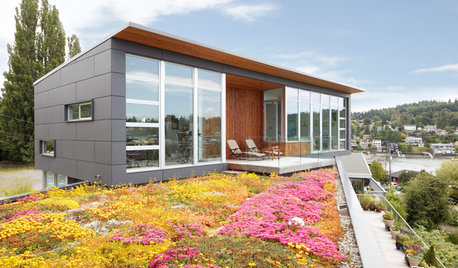
CONTRACTOR TIPSBuilding Permits: What to Know About Green Building and Energy Codes
In Part 4 of our series examining the residential permit process, we review typical green building and energy code requirements
Full Story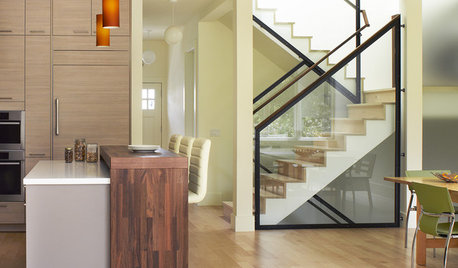
FLOORSIs Radiant Heating or Cooling Right for You?
Questions to ask before you go for one of these temperature systems in your floors or walls (yes, walls)
Full Story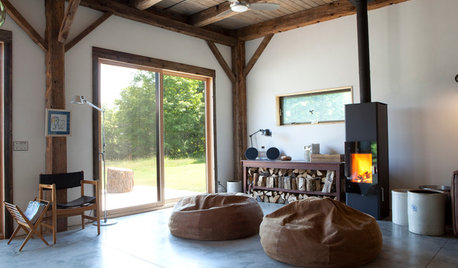
GREAT HOME PROJECTSHow to Add a Radiant Heat System
Enjoy comfy, consistent temperatures and maybe even energy savings with hydronic heating and cooling
Full Story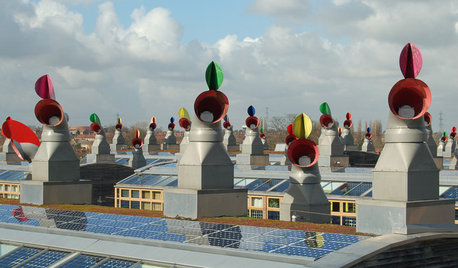
GREEN BUILDINGLife Without Air Conditioning? These Passively Cooled Homes Say Yes
Ever wish you could chuck that money-sucking air conditioner? Check out these homes that keep the air cool and flowing passively
Full Story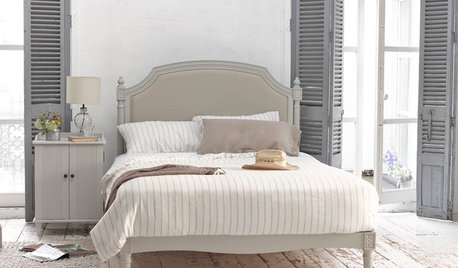
DECORATING GUIDESHow to Cool Down a Room in Hot Weather
Here are 15 tips for staying cool and comfortable without an air conditioner or a ceiling fan
Full Story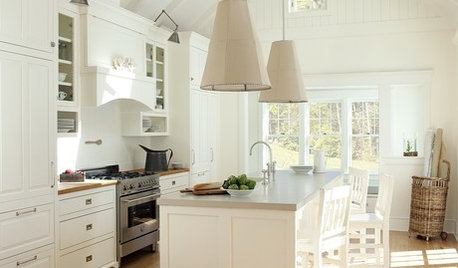
HEALTHY HOMEGet Cleaner Indoor Air Without Opening a Window
Mechanical ventilation can actually be better for your home than the natural kind. Find out the whys and hows here
Full Story
DECORATING GUIDES12 Ways to Cool Your Home Without Air Conditioning
If your summer energy bill is leaving you hot under the collar, consider these savvy alternate strategies for cooling down
Full Story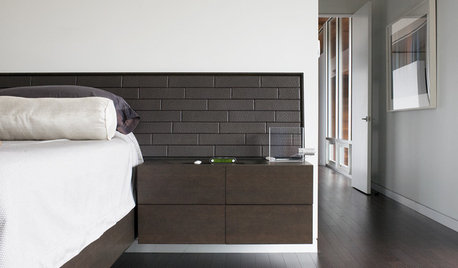
FLOORSFloors Warm Up to Radiant Heat
Toasty toes and money saved are just two benefits of radiant heat under your concrete, wood or tile floors
Full Story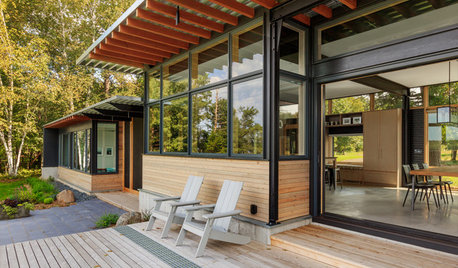
LIFE6 Ways to Cool Off Without Air Conditioning
These methods can reduce temperatures in the home and save on energy bills
Full Story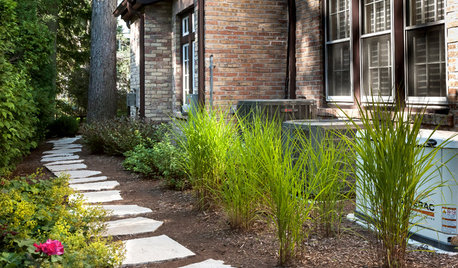
MOST POPULAR5 Ways to Hide That Big Air Conditioner in Your Yard
Don’t sweat that boxy A/C unit. Here’s how to place it out of sight and out of mind
Full Story


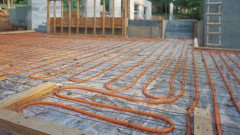
lucky998877